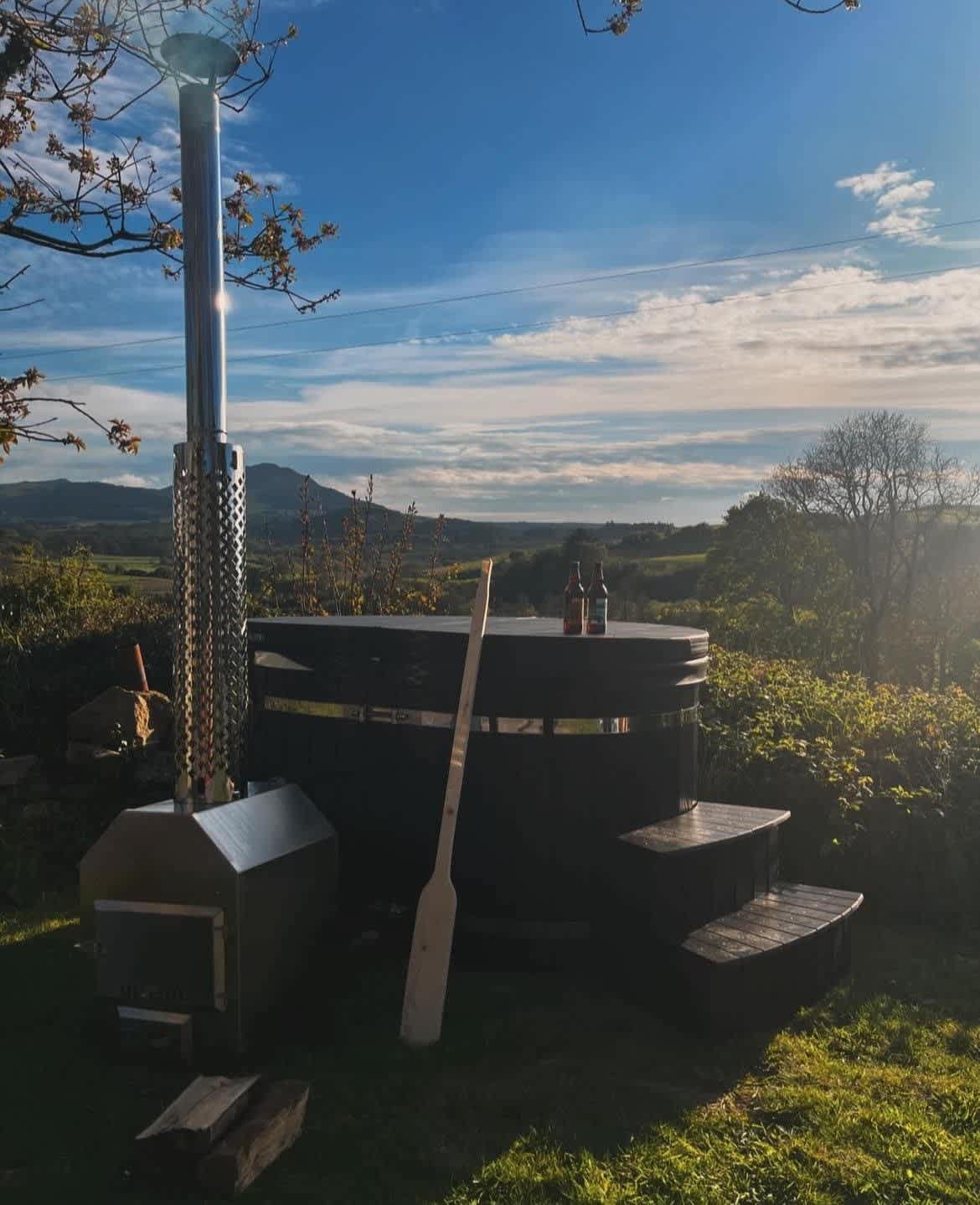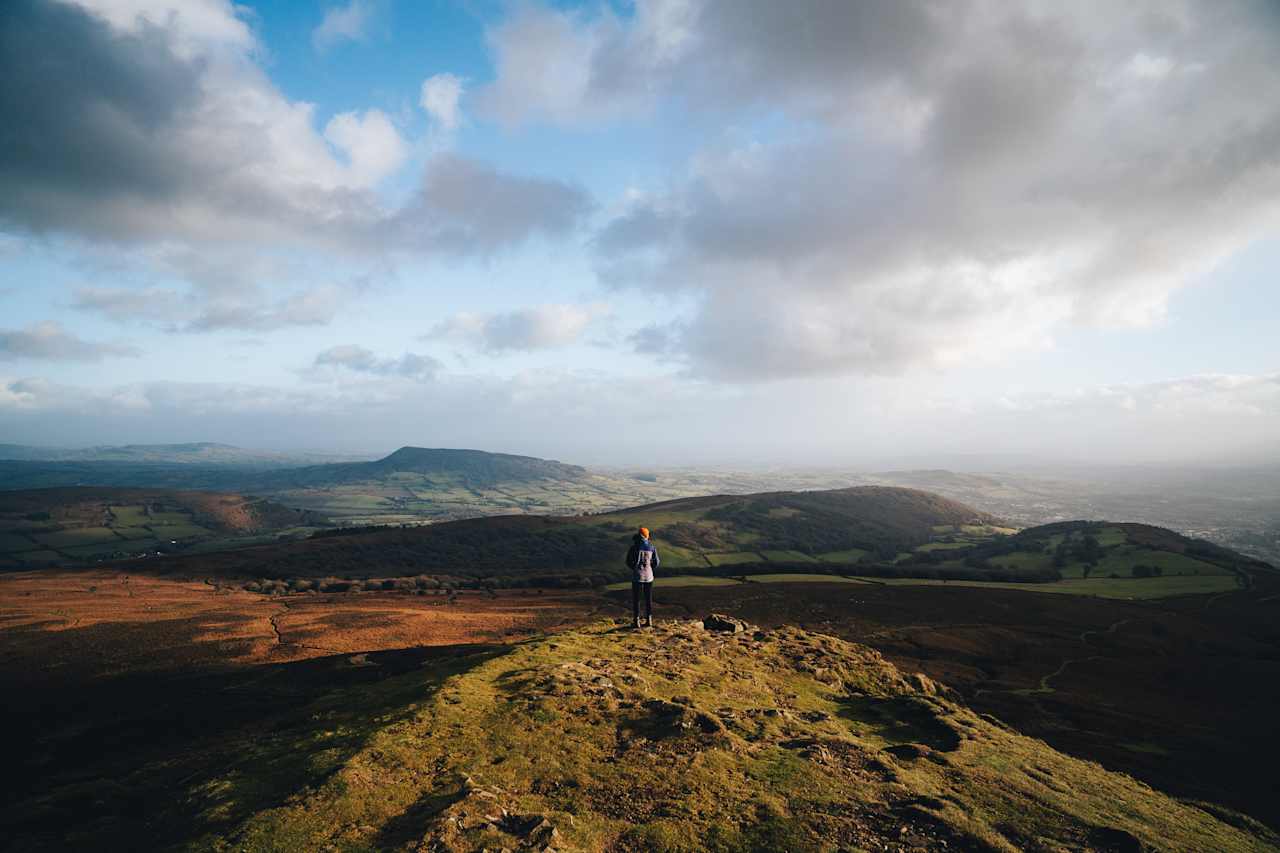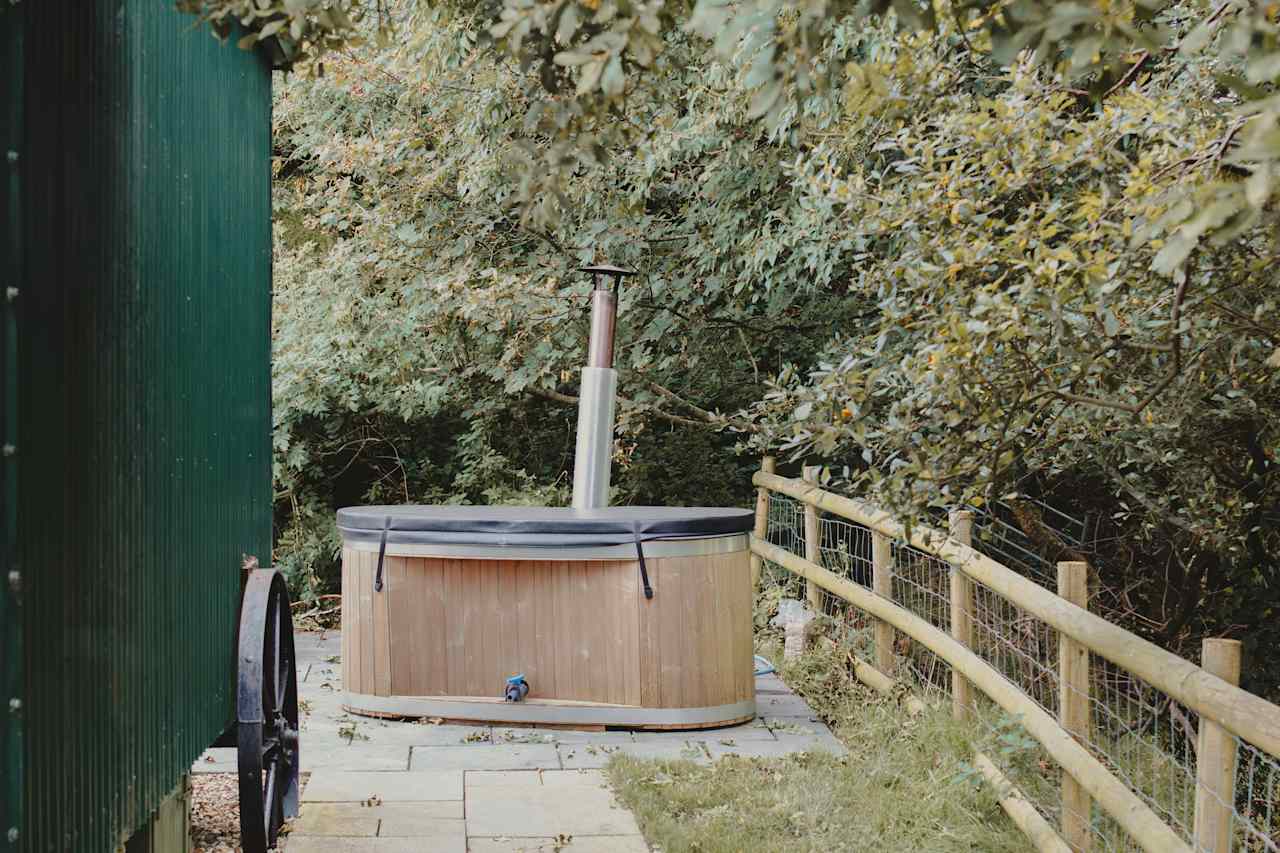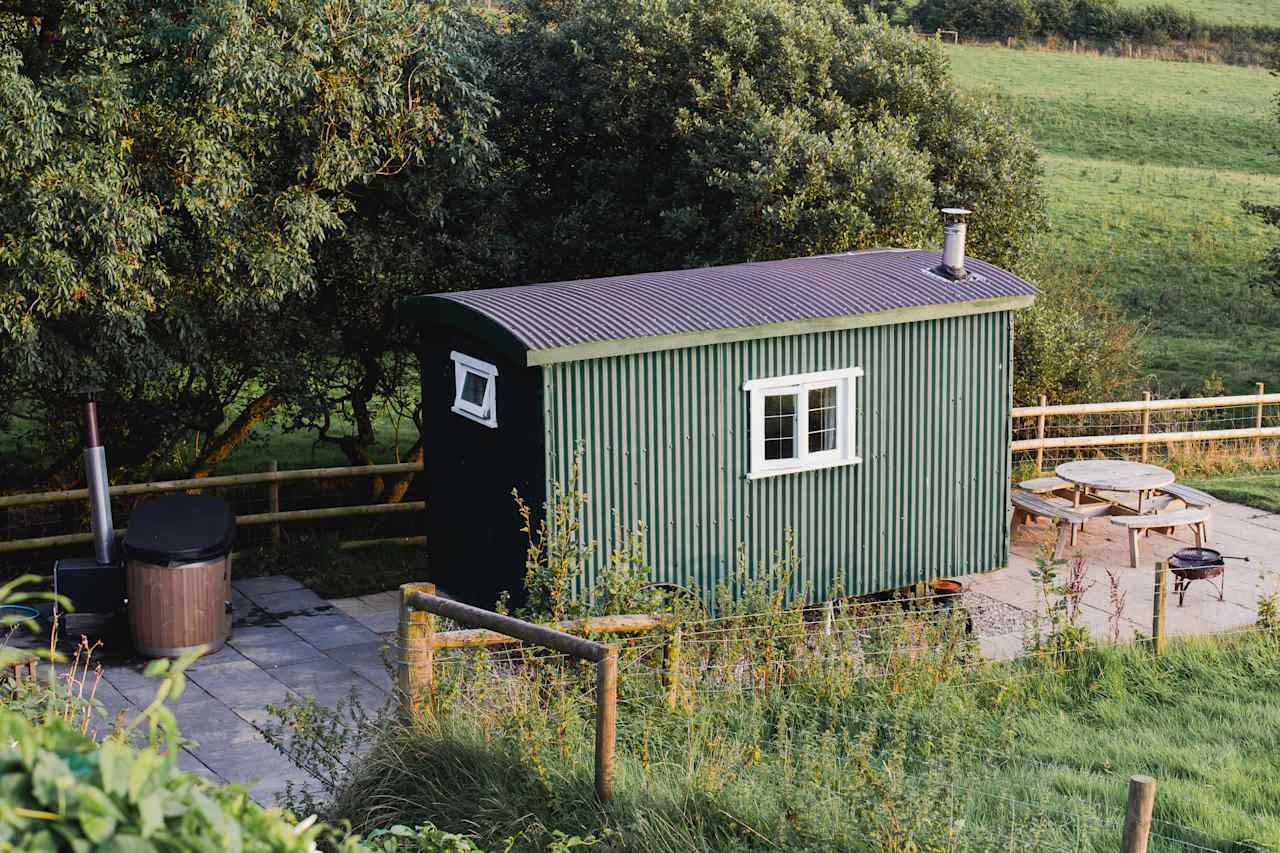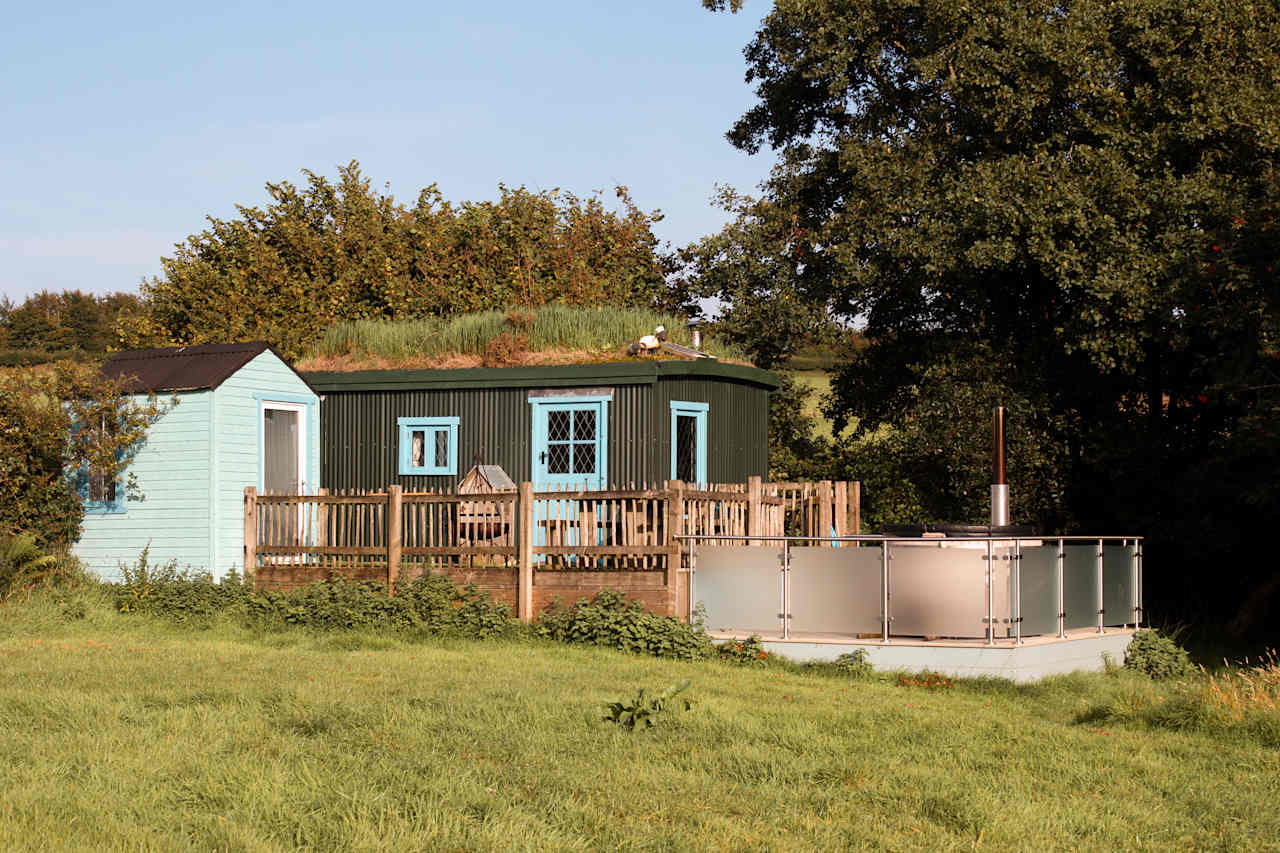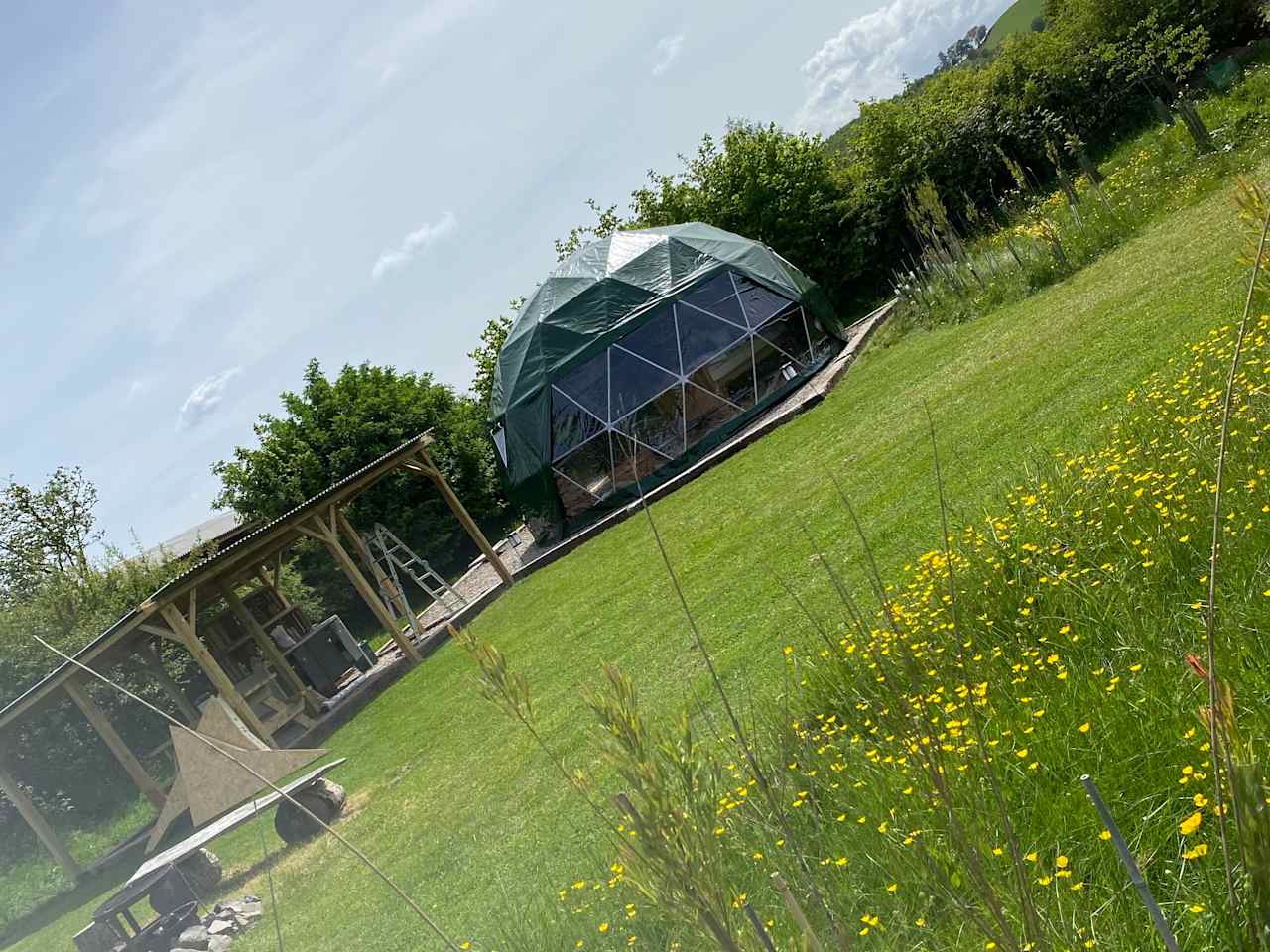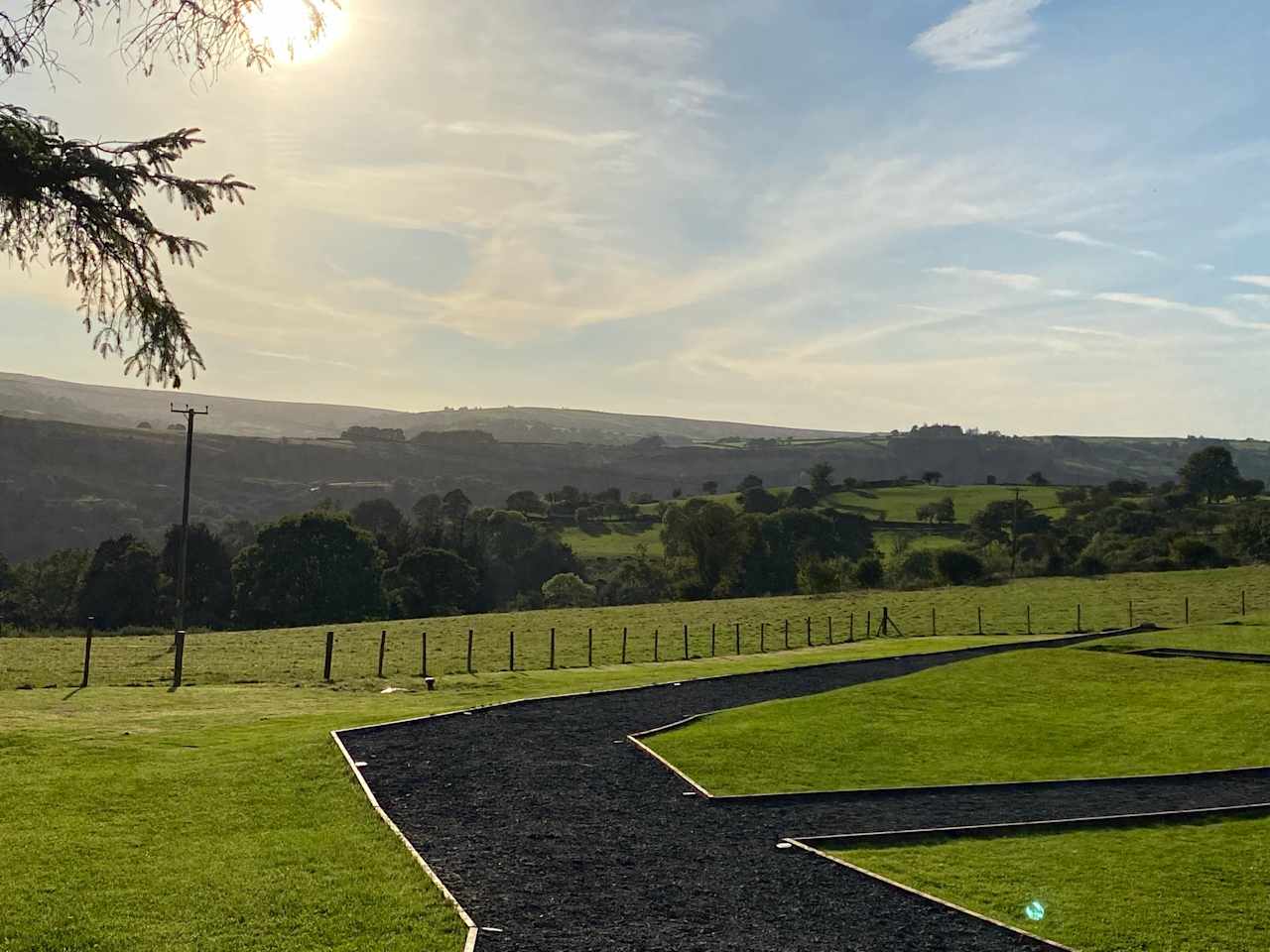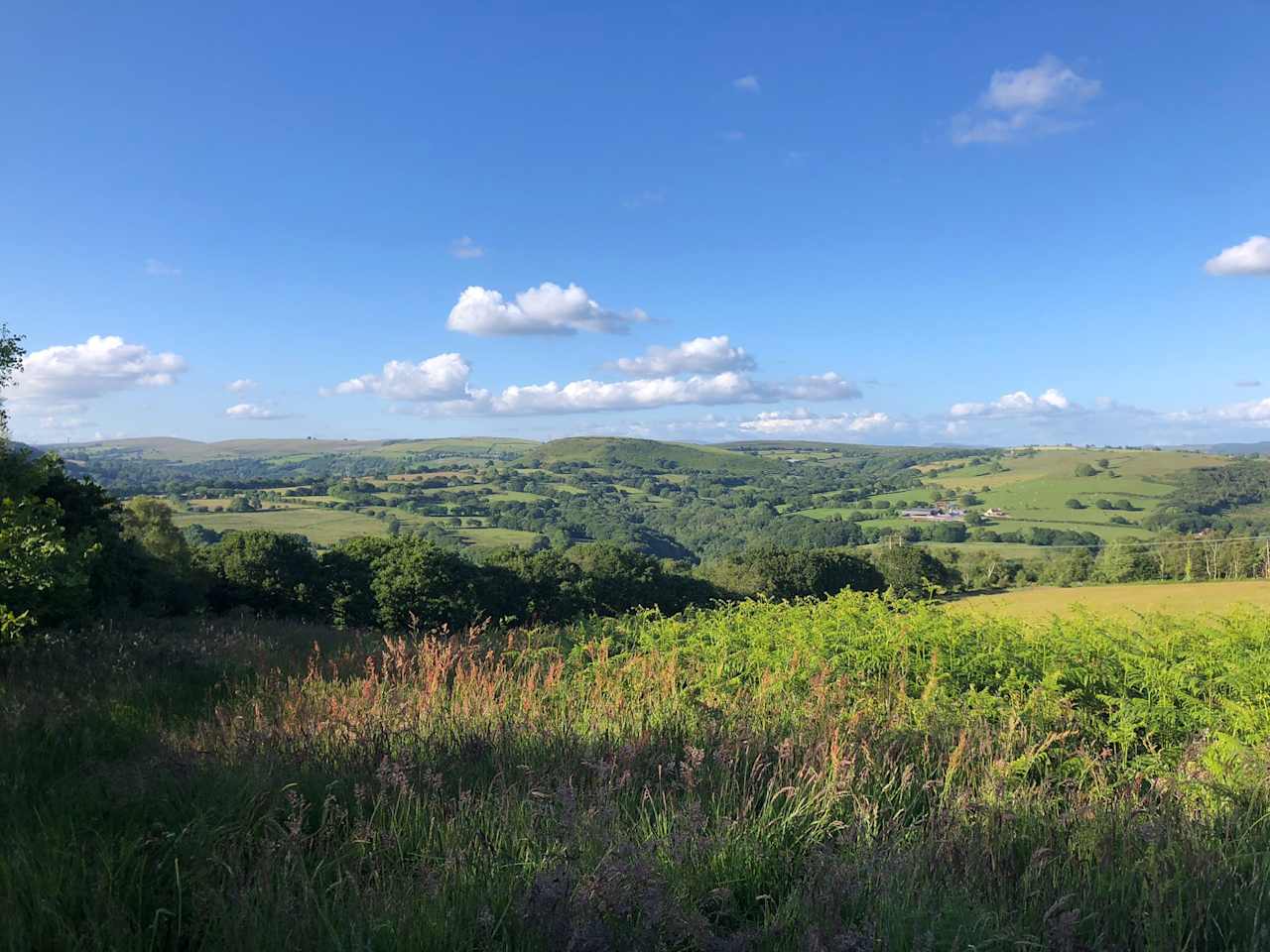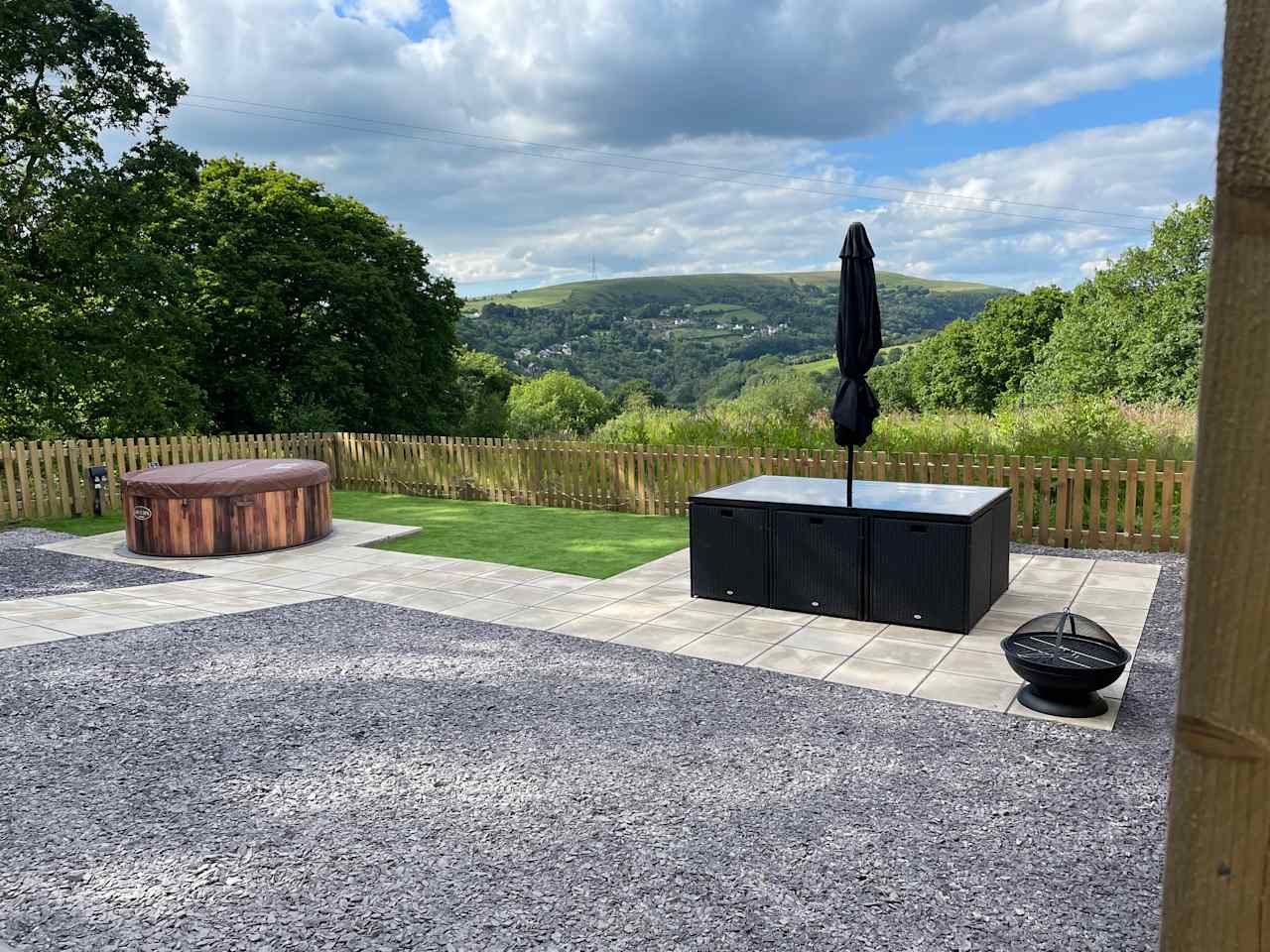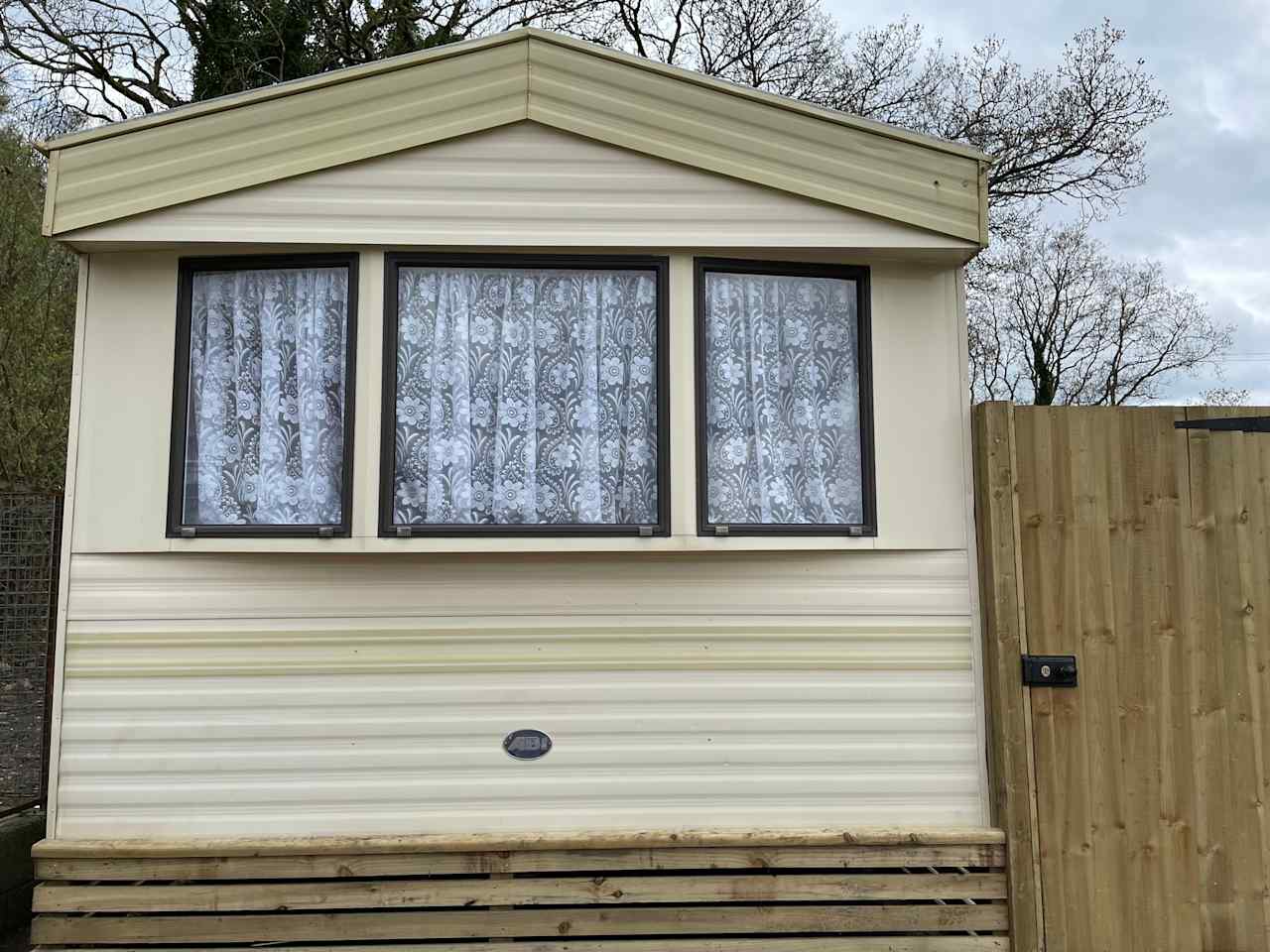Glamping with hot tubs in Pembrokeshire Coast National Park
Camp around some of Great Britain’s most staggering shoreline, then walk, wild swim, or surf it.
- Pembrokeshire Coast National Park
Popular camping styles for Pembrokeshire Coast National Park
Star Hosts in Pembrokeshire Coast National Park
12 top glamping sites in Pembrokeshire Coast National Park with hot tub
Dog-friendly getaways
Available this weekend


Glamping with hot tubs in Pembrokeshire Coast National Park guide
Overview
The UK’s only coastal national park guarantees campers a look at some of Europe’s loveliest shorelines, where the seaboard is special for its variety: bustling resorts, fishing villages, sandy bays, big cliffs, broken rock stacks, and sea caves. This region was the first in Wales to have a coast path, and when people think of Pembrokeshire’s seaside beauty, chances are the image coming to mind is somewhere along the coast here. Inland hills, meanwhile, also tempt adventurers. Campers will relish getting their pegs in, as there is a big choice of campsites: from large, facility-rich pitching in popular resorts like Tenby to teensy farm sites amid rolling countryside.
Where to go
South Pembrokeshire
This is the most popular part of the national park, where perfectly positioned resort towns like Tenby and Saundersfoot pull in crowds keen to see the area’s fabulous beaches. Those seeking tranquillity in South Pembrokeshire can do so at striking locations like the castle-flanked surf spot of Manorbier, the dramatic seabird paradise of Elegug Rock Stacks, and vast Freshwater Bay. The Saundersfoot to Tenby stretch of coast is covered in campsites—Manorbier and Freshwater East have quieter sites.
St Davids & Around
Ancient Britons dubbed St Davids area a “thin” place, where the gap between earth and heaven was small. Bounded shores of bizarre rock formations, coves, and dreamy fishing villages, this remains a spiritual spot, full of prehistoric sites. It’s a great experience to camp out on the crag-dotted grasslands around Britain’s westernmost city, St Davids, and Wales’ westernmost headland, St Davids Head. Here, several scenic coastal campsites are available, and St Davids’ exquisite cathedral is nearby.
Preseli Hills
The Preseli Hills are a little different from the coastal Pembrokeshire most people are acquainted with. This unkempt, barren range has scarcely any settlement, and is most notable for possessing one of Europe’s greatest densities of prehistoric monuments, along with its adventurous hiking. North Pembrokeshire’s Newport, 10 miles southwest of Cardigan, is the northern gateway to these rugged inland moors. Pitching near Mynachlog-ddu puts you near the Golden Road hike, which traverses the Preseli’s ridge via umpteen ancient sites.
Cardigan Bay
Wales’ biggest bay, curving north from North Pembrokeshire’s Strumble Head to Southern Gwynedd via Ceredigion, was where camping in Wales originally took off. Pembrokeshire’s part of the bay is peaceful outside the main towns of Fishguard and Newport (though these spots do offer special sandy beaches too). Go bottlenose dolphin-watching or walk the Wales Coast Path, traversing solitary headlands such as Strumble Head and Cemmaes Head. The Pembrokeshire stretch’s campsites are mostly small affairs with big bundles of character.







